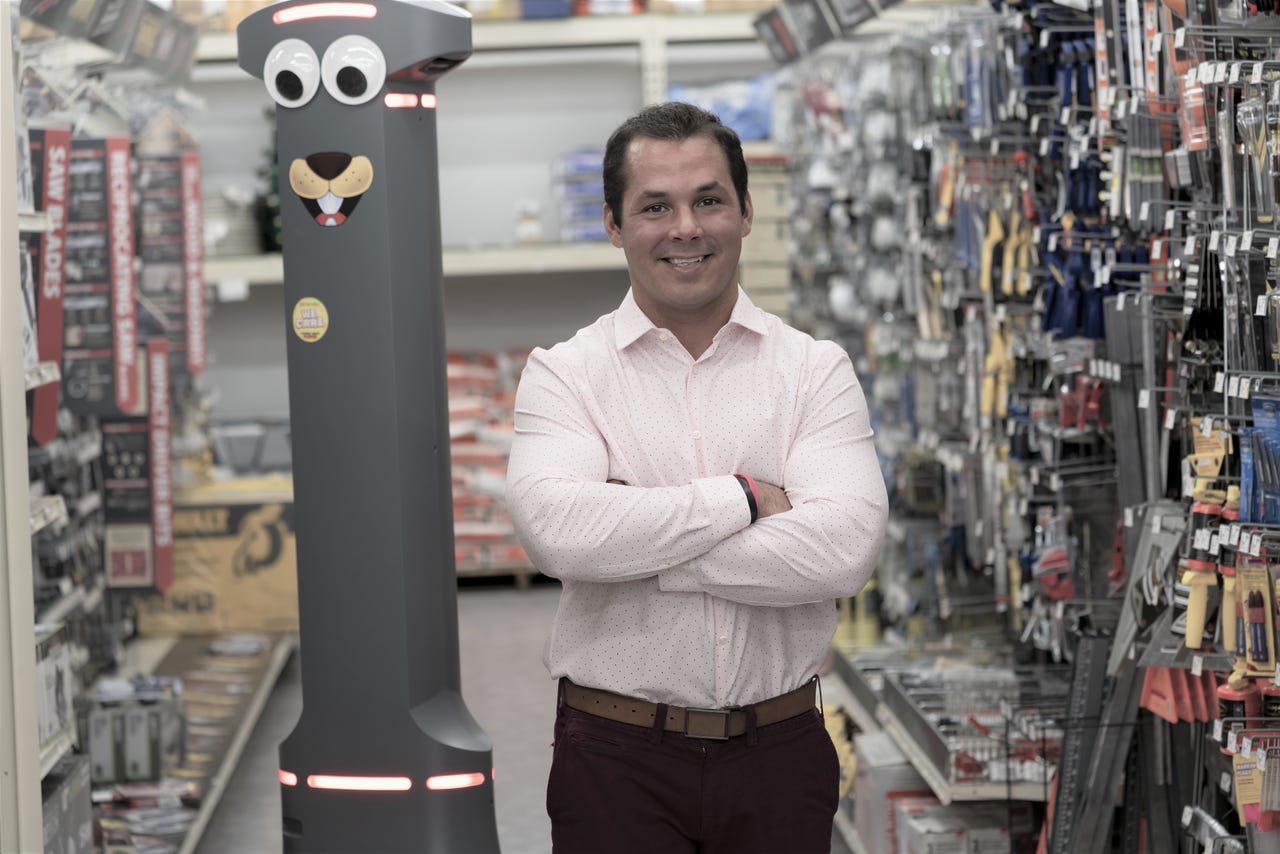Busy Beaver gets Badger robots


Adam Gunnett, Director of IT for Busy Beaver Building Centers
Shelf-scanning robots, a technology that debuted in major grocery chains, are now venturing out of the dairy aisle and into home improvement. Automation developer Badger Technologies recently announced it's bringing its scanning robots to Busy Beaver Building Centers, popular in the east, to monitor on-shelf product availability and verify prices for more than 30,000 SKUs per store.
"Badger Technologies' retail automation solutions close important data gaps that prevent retailers from getting an accurate picture of shelf conditions, buying trends and customer preferences," says William (BJ) Santiago, CEO of Badger Technologies. "We complete storewide scans in hours, not days, and offer instant access to intelligent data to elevate shopping experiences and store profitability."
This is an important milestone for a technology that's primarily been marketed for grocery retailers but that developers hope will spread to brick-and-mortar retailers of various kinds. The technology class received a bit of a PR backslide when Walmart killed a large contract with another player in the space, Bossa Nova.
The Walmart contract notwithstanding, shelf-scanning technology has emerged as a crucial way for brick-and-mortar to adopt some of the efficiencies of ecommerce, reducing waste and extracting valuable insights about product performance. A number of developers in addition to Badger Technologies have commercialized shelf-scanning robots, which are typically automated ground robots that navigate retail spaces autonomously (although one company has created a shelf-scanning UAV).
The data that these robots collect while roving aisles at retail locations, combined with powerful analysis, is meant to increase efficiency by solving for the $1.75 trillion "ghost economy," defined by out of stocks, inaccurate price execution, and lack of product location optimization industry-wide. With up-to-date inventory information, managers using robots like Simbe's flagship Tally robot can enact faster operational decisions at the store level and more nimble inventory management. The problem of poor stock management is so pervasive that inventory mishaps account for more lost revenue than theft.
Brick and mortar retailers and especially large chains are doing all they can to shortcut the traditional inefficiencies of operating a storefront. Granular data models of how inventory moves through a store are considered a holy grail in that quest, bringing e-commerce analytics to traditional retail. Retailers, including smaller regional chains, are responding.
"Technology is a key imperative in our mission to be the favorite neighborhood home improvement center in the communities we serve," says Adam Gunnett, director of IT for Busy Beaver Building Centers. "We relentlessly look for innovative ways to increase efficiencies and empower our associates to provide legendary customer service, which is why the pilot with Badger Technologies is so exciting. We expect to demonstrate how Busy Beaver can keep our shelves fully stocked with the right mix of products—at the right prices—without overburdening our dedicated team members."
Like many stories about the intersection of technology and retail, this one has a pandemic bent. Home improvement and DIY have boomed as consumers spend more time at home. According to the Joint Center for Housing Studies of Harvard University, spending on home improvements grew by more than 3% last year to reach nearly $420 billion, despite the fact that the U.S. economy shrank 3.5% during that same period.
Busy Beaver is smart to use the good times to invest in technology that could save it money in the long run.